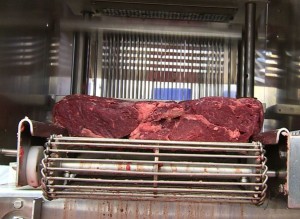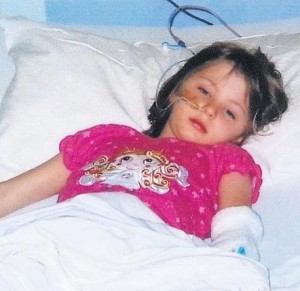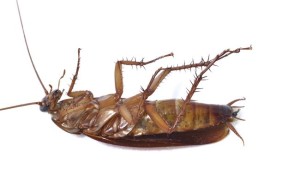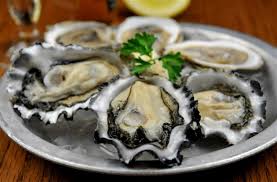Blue Bell Creameries began shipping ice cream from its facility in Sylacauga, Ala., on Tuesday, more than three months after an outbreak of listeria contamination nearly devastated the Southwestern ice cream favorite and forced the closing of all four of its plants.
 But while this week’s move put frozen treats one step closer to consumers, the company said it did not yet know which stores would ultimately restock their shelves with Blue Bell flavors, or how soon.
But while this week’s move put frozen treats one step closer to consumers, the company said it did not yet know which stores would ultimately restock their shelves with Blue Bell flavors, or how soon.
“We’ve still got to meet with our retailers,” said Joe Robertson, Blue Bell’s advertising and public relations manager. “Retailers have been very supportive of us.”
Three people died and several others became ill after eating Blue Bell ice cream products contaminated with the listeria bacteria. A series of recalls and cleanups at the plants failed to eradicate the problem, and in April, the company voluntarily pulled all of its ice cream from store shelves.
Mr. Robertson said that the company had hired microbiologists to help review its safety procedures, and that every batch of ice cream would be tested before shipment. State officials in Alabama began collecting their own samples in late July, and cleared Blue Bell on Aug.
The Alabama plant is the only one of the company’s plants — two others are in Texas and one is in Oklahoma — that has been reopened and is producing the company’s products. Before the shutdown, the Alabama plant accounted for about 20 percent of Blue Bell’s items, Mr. Robertson said.
Blue Bell must notify the Texas Department of State Health Services two weeks before it resumes production, according to Chris Van Deusen, a spokesman for the agency.
“In FDA testing, more than 99 percent of Blue Bell products had Listeria in it,” Mike Doyle, director of the Center for Food Safety at the University of Georgia, told Yahoo Health. “It was incredible. It wasn’t high levels, but it was there.”
Blue Bell has said its plants have gone through extensive cleaning and decontamination, but is it enough?
Doyle says it should be. Here’s why: Blue Bell likely had to strip down all of its plant equipment, take it all apart, and fully clean and sanitize everything. That includes getting rid of biofilms, a mucus-like substance that can surround bacteria like Listeria and protect it from sanitizers that would otherwise kill it.
Once that’s completed, the equipment will be tested and re-tested, and the ice cream will be frequently checked and swabbed to make sure it’s listeria-free.
“The FDA has jurisdiction over this, and they’re going to be monitoring the whole thing,” says Doyle. “The FDA is going to be all over these Blue Bell plants for a while.”
Doyle adds that it’s actually not uncommon for Listeria to get into processing facilities, since “some soil contains listeria and it can come in on plant workers’ shoes.” However, “the key is to control it,” he says.
Unfortunately, Doyle says there’s no way of visibly telling whether your ice cream is Listeria-free — you have to trust the manufacturer.
Or they could market food safety at retail and make microbial test results public.
 Brian Buckley, who works for the Institute of Culinary Education, said the process drives surface contaminants, including potentially lethal E. coli, deeper into the meat so cooking is less likely to kill them.
Brian Buckley, who works for the Institute of Culinary Education, said the process drives surface contaminants, including potentially lethal E. coli, deeper into the meat so cooking is less likely to kill them.











